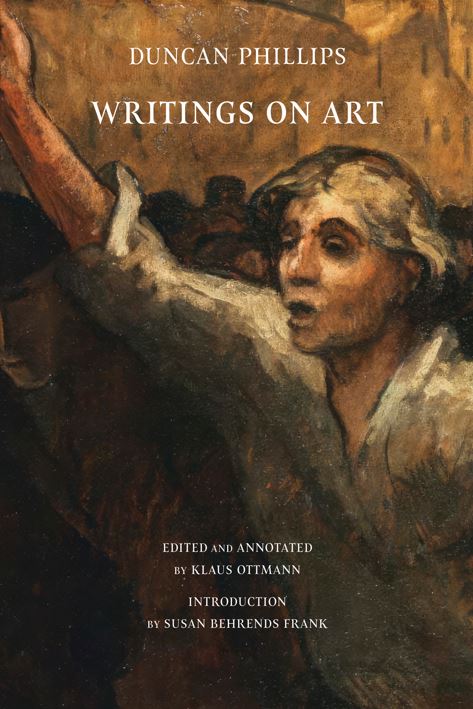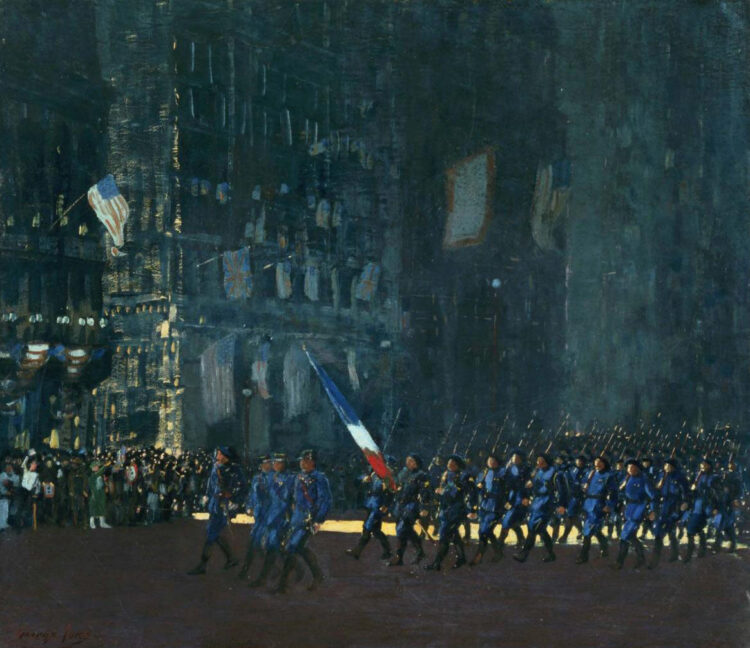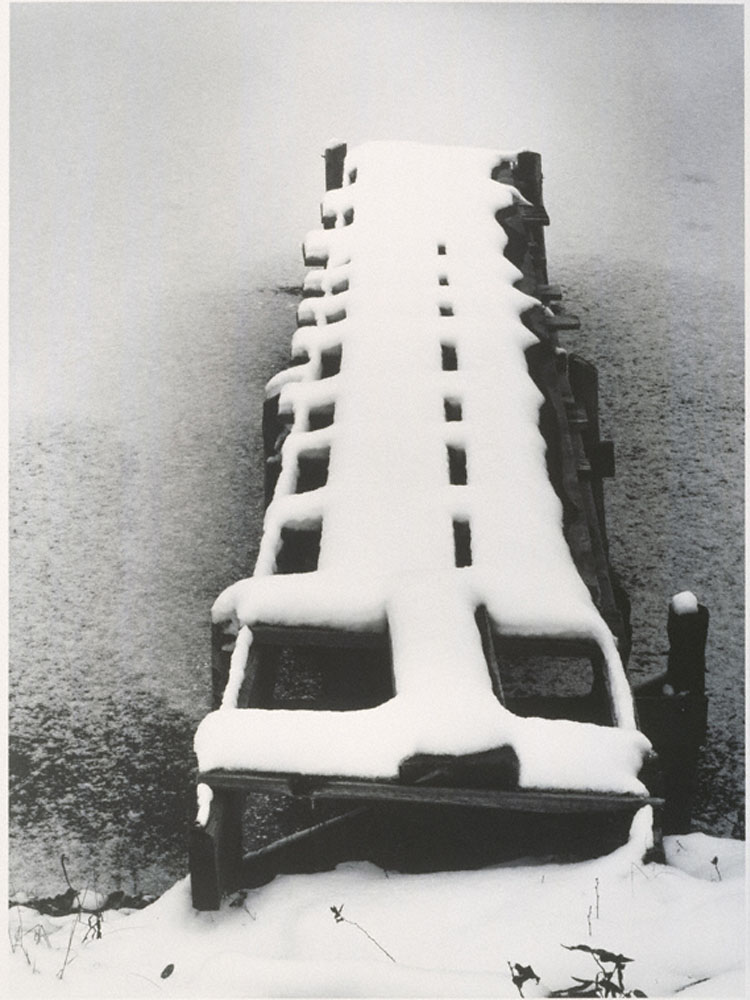Education Assistant Davinna Barkers-Woode used Frank Stewart’s work as inspiration to develop a studio portraiture workshop for the Washington School for Girls as part of the Focal Point: Shifting Perspectives through Photography student exhibition (on view through September 10).

Frank Stewart, Endangered Species: David Hammons (detail), 1981 (printed 2021), Gelatin silver print, 19 15/16 x 16 in., Philadelphia Museum of Art, PA, Purchased with the Lynne and Harold Honickman Fund for Photography, 2021
Last summer, I saw 7th and 8th-grade students from the Washington School for Girls blossom into their authentic selves during our time working together. This spring, meeting a new class of 6th graders reaffirmed the fulfillment I derive from my work in the Phillips’s Education Department. This project holds a special place in my heart for two reasons: the opportunity to dive deeper into Frank Stewart’s photographic process and the opportunity to foster the students’ self-expression by providing them with a way to capture themselves in this present moment forever. With these two things in mind, I developed a project that would give the students a foundational understanding of essential compositional elements in photography, such as perspective and viewpoint. Inspired by Frank Stewart’s masterful utilization of these elements to enhance the narratives of his travels and encounters, I sought to convey their significance to the students. For instance, in Endangered Species: David Hammons, Stewart skillfully employs an eye-level viewpoint to position the viewer directly in front of the model, fostering an intense and intimate encounter.
Through this example, the students learned how viewpoint plays a pivotal role in situating the audience in relation to the subject, influencing their perception and emotional connection. Following this, students were encouraged to experiment with different viewpoints, allowing them to discover the power of perspective in their image-making.
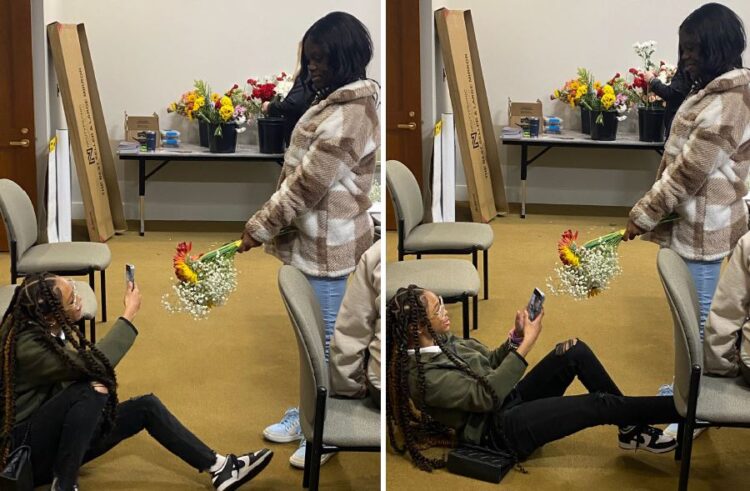
8th grade students experimenting with viewpoint using their iPhones
Mirrors and reflective surfaces are another unique component of Stewart’s artwork. These elements serve as conduits for expanding the perspectives within his photos, infusing them with depth and three-dimensionality.

Left: Frank Stewart, Self-portrait, Dominican Republic, 1986, Gelatin silver print, 16 x 20 in., Collection of the artist; Right: Frank Stewart, Ahmad Jamal, 2013, Inkjet print, 30 x 20 in., Collection of Sing Lathan and Bining Taylor
Drawing inspiration from this aspect, students were provided with mirrors and invited to play with perspective and explore the captivating possibilities of reflective surfaces. Through this activity, students honed their technical skills and deepened their understanding of how to add depth and space to a two-dimensional photograph.
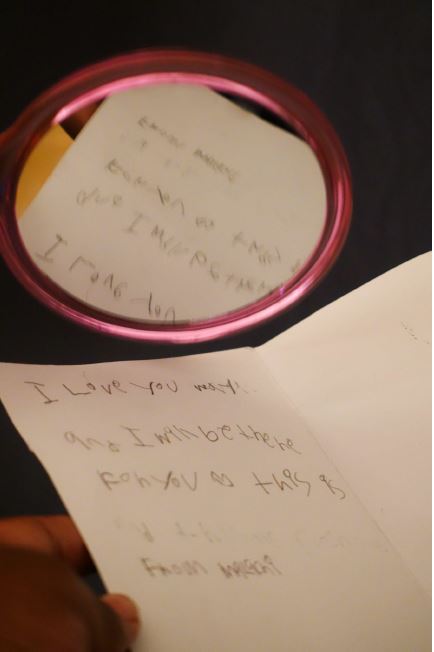
6th Grade Maya S. Untitled
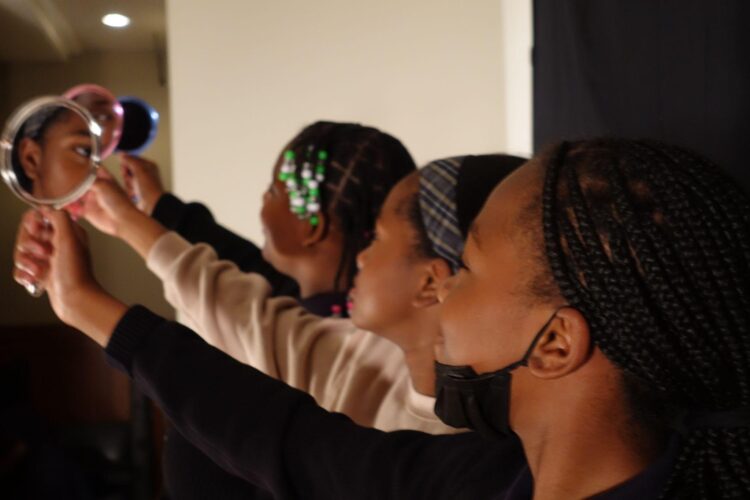
6th Grade Students being photographed
Most importantly, students reflected on self-expression and identified how they presented themselves to the world. Photographs of studio portraits in the Phillips’s permanent collection were incorporated into our lesson to facilitate this exploration. Students were invited to look closely at the facial expressions, poses, and even outfits of the individuals depicted, prompting them to question and interpret visual cues of their personalities. By showcasing how others utilize studio portraiture for self-expression, we dove into a thought-provoking conversation about how the students could authentically convey their unique personalities through their photographs. To further support this endeavor, Johnnies Flowers, a flower shop in DC, partnered with us and provided the 8th-grade students with flowers to create individualized bouquets that represented their personalities. 6th and 7th graders brought personal items that encapsulated their identities, facilitating a profound connection between their inner selves and the visual representations they aimed to create.
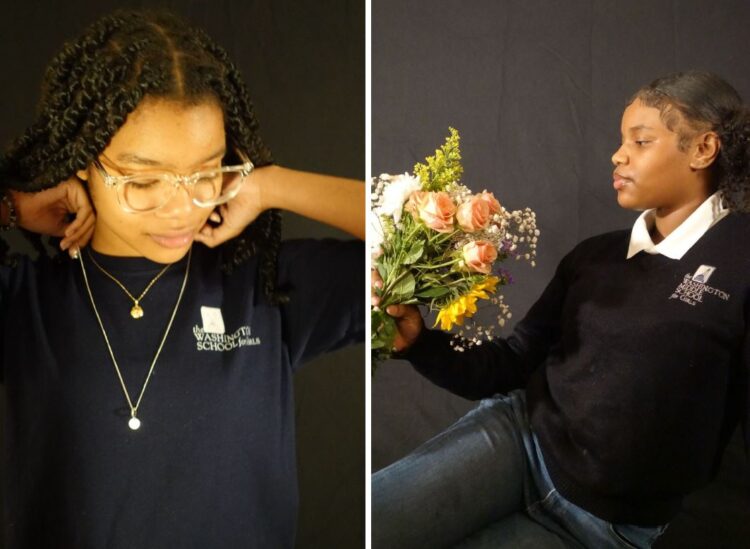
Left: 6th Grade Kaylee G., Feeling Myself; Right: 8th Grade Catherine J., My Season has Come to Bloom
With each click of the camera shutter, the students expanded their understanding of the transformative power of perspective and viewpoint. They realized that these choices could shape the narrative of their images, inviting viewers to experience the world through their eyes. They discovered the ability to infuse their photographs with depth and multidimensionality through reflective surfaces. Yet, this project was about more than technical proficiency or aesthetic prowess. It encouraged the students to embark on a journey of self-reflection and self-definition, capturing moments that authentically expressed their individuality and personal narratives.
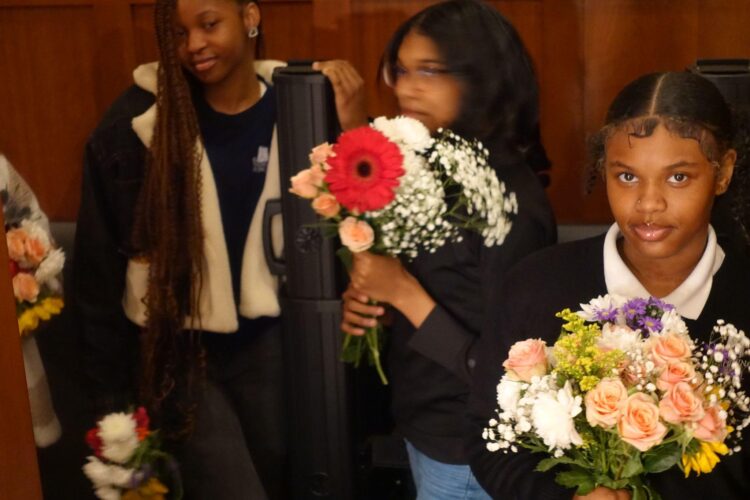
8th grade students waiting to take their photos with their bouquets

Group photo of 6th grade students

